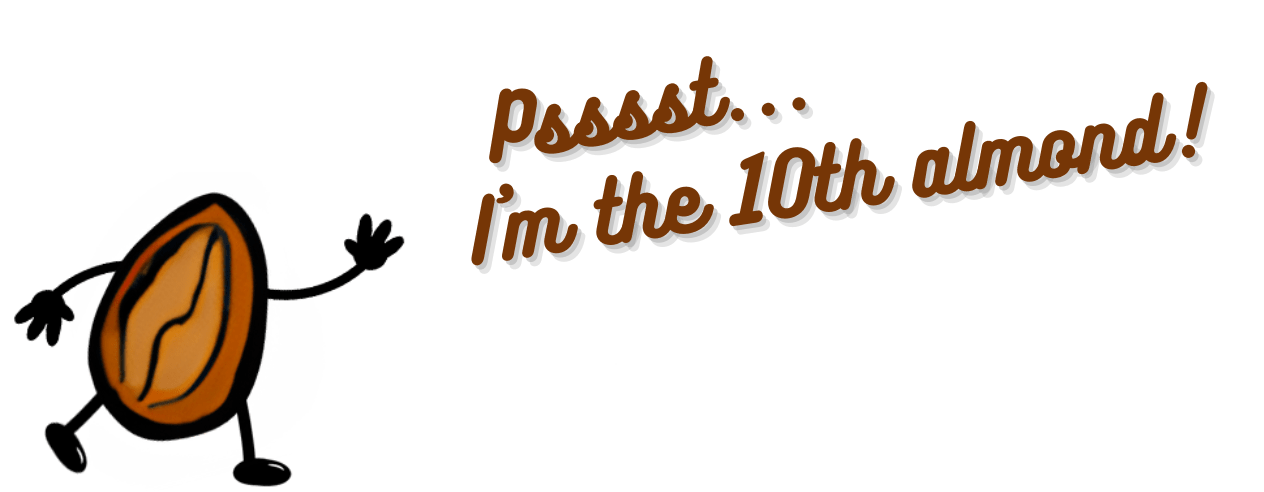Watch out for dengue! Cases are rising in the Americas, with Pue rto Rico declaring an epidemic. The vaccine is not widely available, so avoiding getting bitten by mosquitos becomes a priority.
In A Rush?
Today’s 30-Second Summary
If you don’t have time to read the whole email today, here are some key takeaways:
Some of us will tend towards sleeping (or not) at different times of day, but there’s more to one’s sleep type than that.
Today’s main feature looks beyond the pop-science sleep phenotypes (often labelled with various animal names), to a study that instead looks at 5,095,798 nights of data to produce a detailed 4-dimensional sleep map.
This is important, because they learned that when you change sleep type can be as important as what sleep type you have in the first place—to the point that it could be used as an early warning of disease.
Looking to skip the alcohol this summer, and want a non-alcohol “social lubricant”?
Today’s sponsor WYNK is offering a low-dose, hemp-derived 1:1 THC:CBD zero-calorie seltzer, for all the feel of summer, with no hangovers!
Today’s featured recipe, Jamaican coconut rice, is a versatile dish that can be enjoyed hot or cold, as a main or as a side. It has carbs, proteins, healthy fats, fiber, as well as an array of healthy phytochemicals. Not to mention, a great taste!
Read on to learn more about these things, or click here to visit our archive
A Word To The Wise
The Wrong Kind Of Plasticity
There are "forever chemicals" in our drinking water. Should standards change to protect our health?
Watch and Learn
Would You Recognize These 7 Invisible Eating Disorders?
Whether in yourself or a loved one, here are the things to be aware of:
Prefer text? The above video will take you to a 10almonds page with a text-overview, as well as the video!
Wildcard Wednesday
5 Sleep Phenotypes, By Actual Science
You probably know people can be broadly divided into “early birds” and “night owls”:
…and then the term “hummingbird” gets used for a person who flits between the two.
That’s three animals so far. If you read a book we reviewed recently, specifically this one:
…then you may have used the guide within to self-diagnose your circadian rhythm type (chronotype) according to Dr. Breus’s system, which divides people into bears, lions, wolves, and dolphins.
That’s another four animals. If you have a FitBit, it can “diagnose” you with being those and/or a menagerie of others, such as giraffe, hedgehog, parrot, and tortoise:
Five million nights
A team of researchers recently took a step away from this veritable zoo of 11 different animals and counting, and used a sophisticated modelling system to create a spatial-temporal map of people’s sleep habits, and this map created five main “islands” that people’s sleep habits could settle on, or sometimes move from island to island.
Those “five million nights” by the way? It was actually 5,095,798 nights! You might notice that would take from the 2020s to the 15970s to complete, so this was rather a matter of monitoring 33,152 individuals between January and October of the same year. Between them, they got those 5,095,798 nights of sleep (or in some cases, nights of little or no sleep, but still, they were there for the nights).
The five main phenotypes that the researchers found were:
What we think of as "normal" sleep. In this phenotype, people get about eight hours of uninterrupted sleep for at least six days in a row.
As above for half the nights, but they only sleep for short periods of time in bouts of less than three hours the other half.
As per normal sleep, but with one interrupted night per week, consisting of a 5 hour sleep period and then broken sleep for a few more hours.
As per normal sleep generally, but with occasional nights in which long bouts of sleep are separated by a mid-sleep waking.
Sleeping for very short periods of time every night. This phenotype was the rarest the researchers found, and represents extremely disrupted sleep.
As you might suspect, phenotype 1 is healthier than phenotype 5. But that’s not hugely informational, as the correlation between getting good sleep and having good health is well-established. So, what did the study teach us?
❝We found that little changes in sleep quality helped us identify health risks. Those little changes wouldn't show up on an average night, or on a questionnaire, so it really shows how wearables help us detect risks that would otherwise be missed.❞
More specifically,
❝We found that the little differences in how sleep disruptions occur can tell us a lot. Even if these instances are rare, their frequency is also telling. So it's not just whether you sleep well or not – it's the patterns of sleep over time where the key info hides❞
…and, which gets to the absolute point,
❝If you imagine there's a landscape of sleep types, then it's less about where you tend to live on that landscape, and more about how often you leave that area❞
In other words: if your sleep pattern is not ideal, that’s one thing and it’d probably be good to address it, by improving your sleep. However, if your sleep pattern changes phenotype without an obvious known reason why, this may be considered an alarm bell warning of something else that needs addressing, which may be an underlying illness or condition—meaning it can be worthwhile being a little extra vigilant when it comes to regular health screenings, in case something new has appeared.
Want to read more?
You can read the paper in full here:
Take care!
Our Sponsors Make This Publication Possible
Swap Your Sip
As more and more people ditch alcohol, many are looking for alternatives that provide a similar "social lubricant" without the alcohol. That's where WYNK comes in!
WYNK is a low-dose, hemp-derived, 1:1 THC:CBD zero-calorie seltzer.
What’s it like? Its blend of THC and CBD offers a light and bubbly buzz, whose effects typically begin within 10–15 minutes of consumption and last approximately 90 minutes.
Unlike smoking or vaping, there aren't a mass of dangerous chemicals going into your lungs
Unlike a lot of edibles, WYNK is also carefully and reliably dosed, giving the same amount of THC every time
In other words, "enjoy chilled" takes on an extra meaning here, when it comes to these fruity drinks!
All the feel of summer—with no hangovers!
Note: this is a 21+ product and will cause intoxication; do not drive or operate heavy machinery!
Please do visit our sponsors—they help keep 10almonds free
This Or That?
Vote on Which is Healthier
Yesterday we asked you to choose between cherries and blueberries—we picked the blueberries (click here to read about why), as did 78% of you!
Now for today’s choice:
Click on whichever you think is better for you!
Recipes Worth Sharing
Jamaican Coconut Rice
This is a versatile dish that can be enjoyed hot or cold, as a main or as a side. It has carbs, proteins, healthy fats, fiber, as well as an array of healthy phytochemicals. Not to mention, a great taste!
Click below for our full recipe, and learn its secrets:
One-Minute Book Review
The Art and Science of Connection: Why Social Health is the Missing Key to Living Longer, Healthier, and Happier – by Kasley Killam, MPH
We can eat well, exercise well, and even sleep well, and we’ll still have a +53% increased all-cause mortality if we lack social connection—even if we technically have support and access to social resources, just not the real human connection itself. And as we get older, it gets increasingly easy to find ourselves isolated.
The author is a social scientist by profession, and it shows. None of what she shares in the book is wishy-washy; it has abundant scientific references coming thick and fast, and a great deal of clarity with regard to terms, something often not found in books of this genre that lean more towards the art than the science.
On which note, for the reader who may be thinking “I am indeed quite alone”, she also offers proven techniques for remedying that; not in the way that many books use the word “proven” to mean “we got some testimonials”, but rather, proven in the sense of “we did science to it and based on these 17 large population-based retrospective cohort studies, we can say with 99% confidence that this is an effective tool to mediate improved social bonds and social health outcomes”.
To this end, it’s a very practical book also, and should bestow upon any isolated reader a sense of confidence that in fact, things can be better. A particular strength is that it also looks at many different scenarios, so for the “what if I…” people with clear reasons why social connection is not abundantly available, yes, she has such cases covered too.
Bottom line: if you’d like to live more healthily for longer, social health is an underrated and oft-forgotten way of greatly increasing those things, by science.
Penny For Your Thoughts?
What did you think of today's newsletter?
Wishing you a healthy day followed by healthy sleep,
The 10almonds Team









